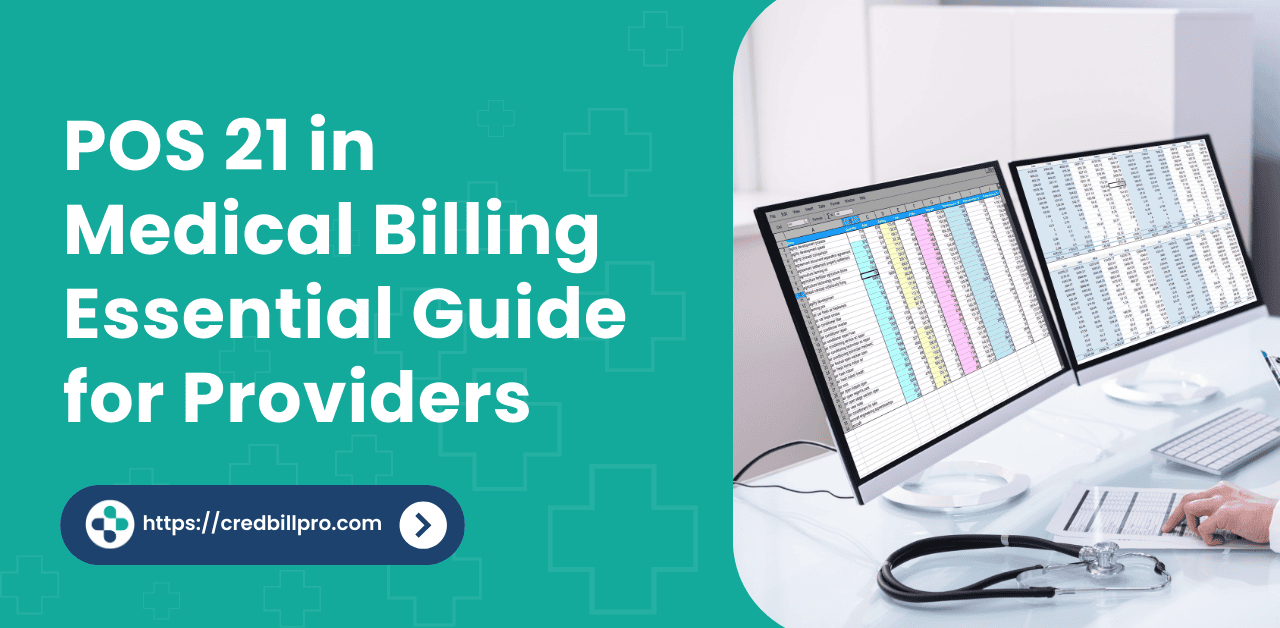A Medical Expense Reimbursement Plan (MERP) is an employer-sponsored benefit that reimburses employees for medical expenses not covered by traditional insurance. By offering a MERP, businesses can provide employees with tax-free reimbursement for various health-related costs, making it a cost-effective and flexible alternative to standard healthcare plans. In this article, we’ll explore how MERPs work and why they benefit both employers and employees.
What is a Medical Expense Reimbursement Plan (MERP)?
A Medical Expense Reimbursement Plan (MERP) is a healthcare benefit option that allows employers to reimburse employees for certain medical expenses. Unlike traditional health insurance, MERPs are more flexible and offer a simpler solution for businesses to manage their healthcare-related costs. Employees can submit claims for out-of-pocket medical expenses, and employers reimburse them tax-free.
MERP vs Other Healthcare Plans: Understanding the Difference
Many confuse MERPs with other healthcare plans such as Health Reimbursement Arrangements (HRAs), Flexible Spending Accounts (FSAs), or traditional health insurance. While all these options offer some form of reimbursement for medical expenses, MERPs stand out for their flexibility in reimbursement amounts and eligible expenses.
- Health Reimbursement Arrangement (HRA): HRAs are employer-funded accounts that reimburse employees for qualified medical expenses. However, HRAs are usually more restricted in terms of the reimbursement limits set by the employer.
- Flexible Spending Account (FSA): FSAs allow employees to set aside pre-tax money for medical expenses, but the funds in an FSA typically expire at the end of the year unless specific provisions are made.
In comparison, MERPs allow businesses to offer a more customizable and dynamic reimbursement plan, tailoring it to the needs of the employees while reducing employer healthcare expenses.
How Does MERP Work?
MERPs operate by allowing employees to submit their medical expenses to their employers for reimbursement. These expenses could include anything from doctor visits to prescription medications. Employers review the submitted receipts and, if the expenses are deemed eligible, reimburse the employee tax-free.
Step-by-Step MERP Process
- Plan Setup: The employer sets the terms of the MERP, including eligible medical expenses and the reimbursement limits.
- Employee Submits Claims: Employees submit receipts for eligible medical expenses.
- Employer Review: Employers review the submissions to ensure they align with the plan’s criteria.
- Reimbursement: After approval, the employer reimburses the employee up to the set limit, tax-free.
Eligible Medical Expenses
MERPs typically cover medical expenses that aren’t reimbursed by traditional insurance. This includes:
- Doctor and specialist visits
- Prescription medications
- Dental and vision care
- Over-the-counter medications (with a prescription)
These reimbursements allow employees to cover their out-of-pocket medical expenses without the need to rely on insurance claims, reducing financial burdens.
Ineligible Expenses
However, MERPs do not cover all health-related expenses. For instance, cosmetic surgery or wellness programs (such as gym memberships) are generally not eligible. The employer determines these exclusions based on the plan guidelines.
Benefits of Offering MERP to Employees
For employers, MERPs are a strategic way to offer valuable benefits without the high costs associated with traditional health insurance. For employees, MERPs provide an opportunity to receive tax-free reimbursement for medical expenses that would otherwise be out of pocket.
Cost-Effectiveness for Employers
Implementing a MERP offers employers flexibility in managing healthcare expenses. Rather than paying high premiums for group insurance, businesses can control the budget by offering a set amount of reimbursement per employee. This makes MERPs a particularly appealing option for small businesses looking to offer healthcare benefits without breaking the bank.
Tax Advantages
The tax benefits of MERPs are significant. Reimbursements made through MERPs are not considered taxable income for the employee, making this an attractive option for both parties. Employers also get tax deductions for the amount reimbursed to employees, further enhancing the cost-saving benefits.
Setting Up a MERP for Your Business
Setting up a MERP requires careful planning and attention to detail. While the process is relatively simple, there are several key components that businesses must consider to ensure the plan is compliant with IRS regulations and beneficial for both employers and employees.
Step-by-Step Setup Process
- Determine Reimbursement Limits: Employers decide how much they are willing to reimburse employees for medical expenses.
- Create a Policy: Outline the types of medical expenses eligible for reimbursement, along with documentation requirements.
- Communicate with Employees: Ensure employees understand the program and know how to submit their expenses.
- Administration: Businesses must track and manage the claims submitted by employees. This can be done manually or with software solutions that integrate with payroll systems.
Administrative Best Practices
- Use Software: Administering MERPs manually can be cumbersome, especially in larger organizations. Utilizing specialized software can streamline the claims submission and reimbursement process.
- Provide Clear Guidelines: Make sure that all employees know exactly which expenses are eligible and how to submit their claims.
Common MERP Mistakes to Avoid
Despite its benefits, there are several common mistakes that businesses make when implementing MERPs. Avoiding these errors can ensure the plan runs smoothly and is compliant with tax regulations.
Top Mistakes to Watch Out For:
- Incorrect Documentation: Failing to collect or verify proper receipts for medical expenses can lead to compliance issues.
- Overcomplicating the Plan: Keep the plan simple and easy to manage. Overcomplicated reimbursement processes can frustrate employees.
- Not Understanding IRS Regulations: Employers need to understand IRS rules to avoid penalties and ensure the plan is structured properly.
MERP Eligibility: Who Can Participate?
MERPs are generally available to full-time employees, but there are some specific eligibility requirements. For instance, the employee must be enrolled in a qualified medical plan and meet the employer’s specific terms regarding the types of expenses covered.
Eligibility for Self-Employed Individuals
Self-employed individuals can also benefit from MERPs, but the rules differ slightly. Since they are both the employer and the employee, they can set up a MERP to reimburse themselves for medical expenses, subject to certain limits and regulations.
MERP vs HRAs vs FSAs: Which is Right for Your Business?
While MERPs, HRAs, and FSAs all aim to help employees manage their healthcare expenses, there are distinct differences between the plans. Understanding these differences is essential for businesses looking to offer the right benefit solution.
| Feature | MERP | HRA | FSA |
|---|---|---|---|
| Contribution Limits | Employer-set | Employer-set | Employee-set |
| Tax Advantages | Tax-free reimbursements | Tax-free reimbursements | Pre-tax contributions |
| Eligible Expenses | Varies by employer guidelines | Medical expenses only | Medical expenses only |
| Flexibility | Highly flexible | Less flexible, employer-driven | Less flexible, employee-driven |
The Future of MERPs: Trends to Watch
The future of MERPs looks promising as more businesses seek cost-effective and flexible healthcare benefit solutions. With the rise of digital health platforms and increasing healthcare costs, MERPs offer an evolving opportunity to meet employee needs.
Digital Health Platforms and MERPs
Incorporating digital tools into MERP administration can streamline the process, allowing for quicker claims processing and better employee engagement. Integration with telemedicine and other digital health platforms could further enhance the plan’s value.
Final Thoughts
Final thought, a Medical Expense Reimbursement Plan (MERP) is a flexible and cost-effective healthcare benefit solution that benefits both employers and employees. With its tax-free reimbursements, customizable plan structure, and lower administrative costs, MERPs offer significant advantages over traditional insurance plans. For businesses looking to enhance their employee benefits while keeping costs under control, a MERP is a smart choice.
FAQ’S
1. What is a Medical Expense Reimbursement Plan (MERP)?
A MERP allows employers to reimburse employees for medical expenses that are not covered by insurance, offering tax-free reimbursements.
2. Who can participate in a MERP?
Typically, full-time employees are eligible, and self-employed individuals can also set up their own MERP.
3. What expenses are covered under MERP?
MERPs typically cover doctor visits, prescription medications, and dental or vision care, among other out-of-pocket medical expenses.
4. How does MERP differ from an HRA?
While both are employer-funded, MERPs offer more flexibility in the types of expenses covered, and reimbursements are not always restricted by predetermined account balances like HRAs.
5. Can MERPs help save businesses money?
Yes, by providing a tax-free way to reimburse employees for medical expenses, businesses can reduce overall healthcare costs and offer more customizable employee benefits.








